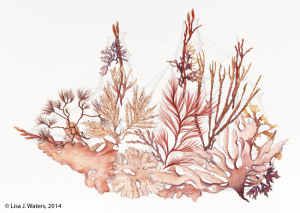
This is a first look at artwork created by Lisa Waters inspired by her research on Jessie L. Hussey.
Lisa Waters is a Technical Officer at the State Herbarium, although her background is as a visual artist and scientific illustrator. She has created artwork for various botanical publications and exhibitions.
Jessie L. Hussey lived from 1862–1899 in Port Elliot. Her passion for botany helped her to make a significant and pioneering contribution to the knowledge of South Australia’s terrestrial and marine flora during the 1890s. She became a respected collaborator of many leading national and international botanists and phycologists.
Lisa says
…through the slow simple process of letters and parcels sent by ship, Jessie collaborated on a global scale with scientists abroad. This image is of a ship made of actual algal specimens that she sent to Prof. Jacob Agardh in Lund, Sweden.
Since 2008 Lisa has been researching the life and work of Jessie L. Hussey. In 2012 she travelled to Europe on a Churchill Fellowship, to visit herbaria in Sweden, Germany, Great Britain and Ireland, where specimens collected by Jessie L. Hussey are held. The project is ongoing and she aims to publish a book about Jessie, which will be illustrated by artwork inspired by the research and Jessie’s life. Lisa has also given presentations on her research.
Please keep following this blog to see more of Lisa’s artwork in the future.

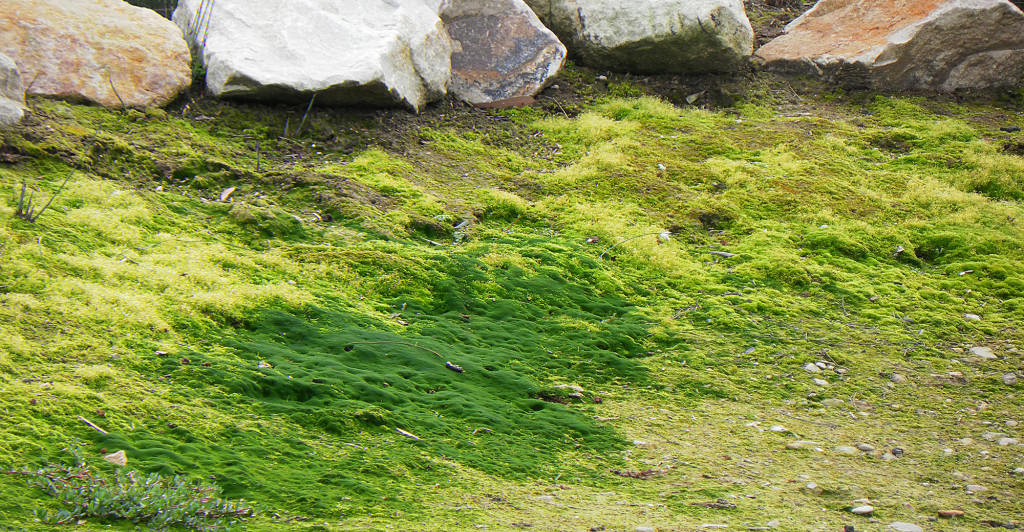
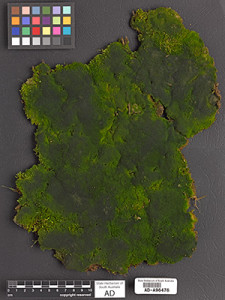
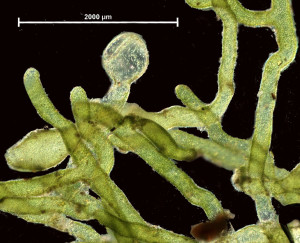


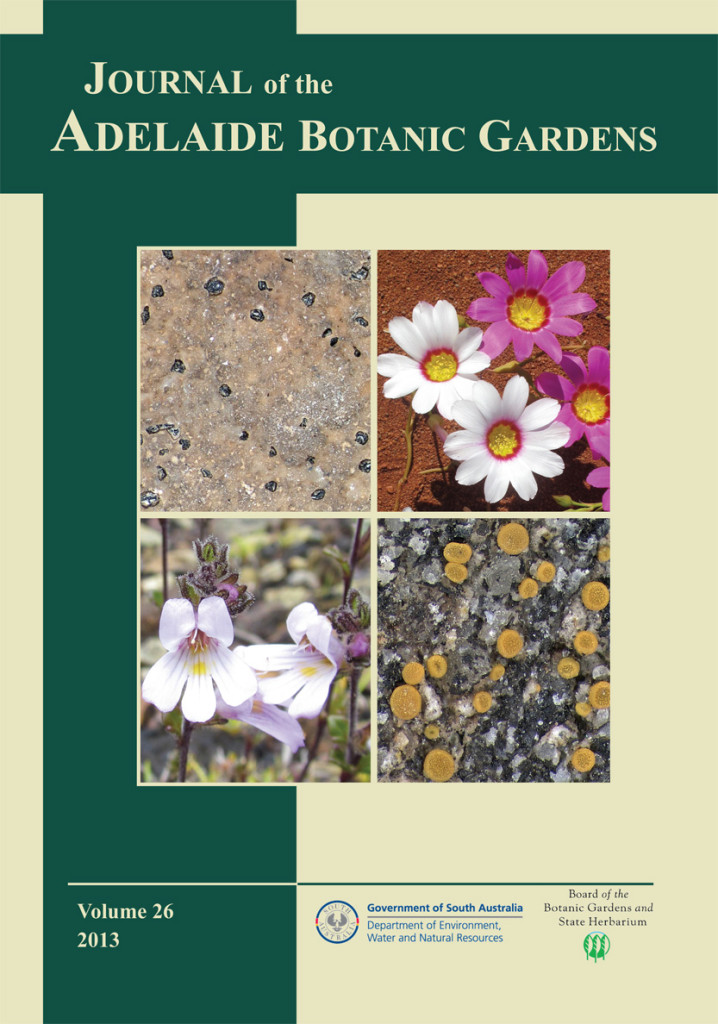
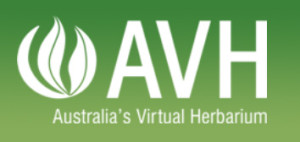
You must be logged in to post a comment.